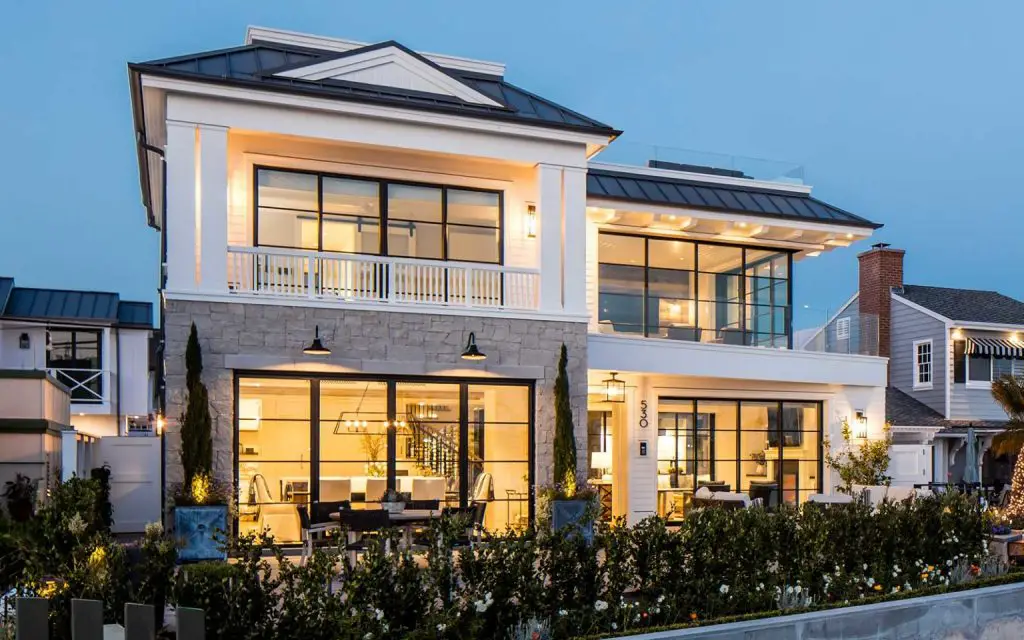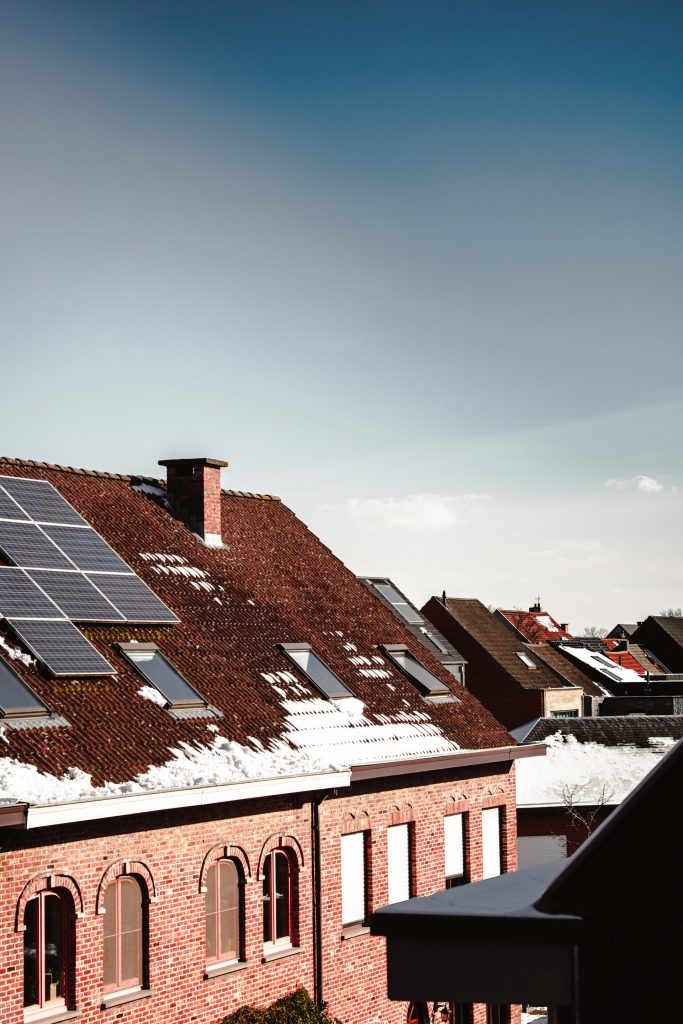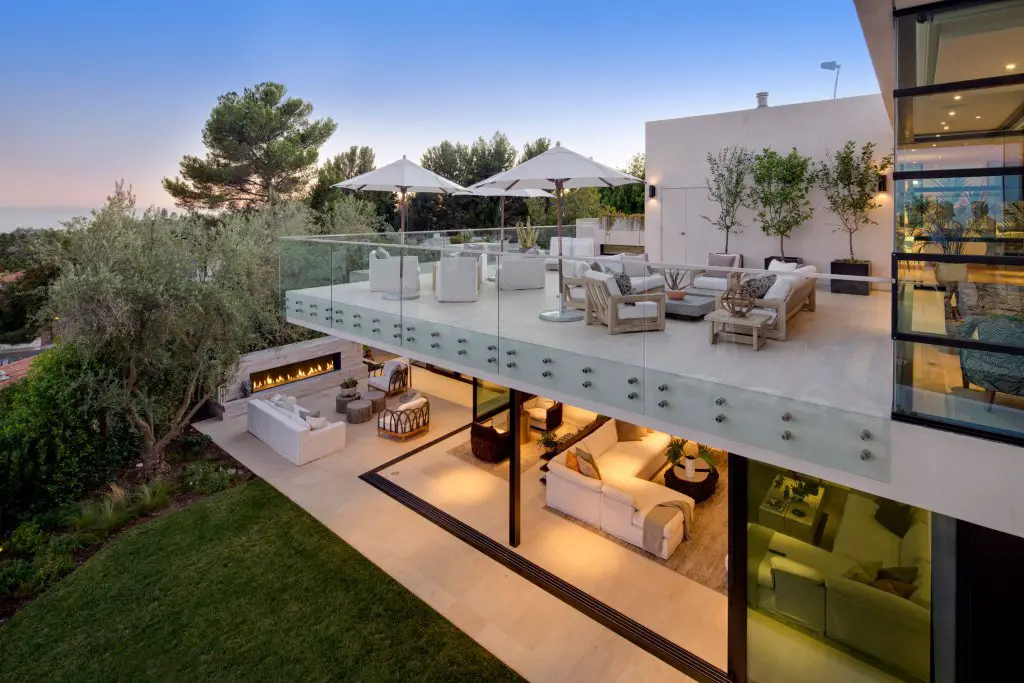As the year progresses, people are clinging to innovations that help reduce the harmful effects on our environment. Even in the roofing industry, establishment owners prefer a more efficient roofing material to reduce their monthly bills and at the same time promote a more eco-friendly establishment. Property owners invest more in roofing materials and accessories that contribute to their building’s efficiency and quality, like the energy-efficient roof hatches. Being mindful of the building materials you purchase and use will help your establishment out in the long run. Recently, scientists have discovered more ways and advancements to make their roofing more efficient. Here is the list of new roofing innovations you should consider for investment:
MIT’s Black and White Solution

A group of scientists from MIT’s created a Thermeleon material composed of composite layers that make it thermochromic when exposed to heat. When exposed, it changes color from black to white. This process works by sandwiching a common polymer between flexible plastic layers, with a black one at the back. The polymer solution will stay dissolved in cold temperatures, and the black rear face will show. When it heats up, the solution precipitates to form light-scattering droplets. When the sun is out, a roof tile covered with the material is white-colored, which can scatter up to 80% of the sunlight back and keep the building beneath the roof at a cooler temperature.
The result is a 20% reduction in cost to keep the comfortable interior temperature in the summer. This figure also comes with an eco-friendly decrease in the electricity supply demands. The black coloring is very handy in winter since the tiles scatter just 30% of incoming solar radiation. You would certainly prefer your roof to capture as much heat as possible from the sun when dealing with chilling temperatures.
Penn State Uni’s Cylindrical Solar Tiles
If you want to generate electricity directly from photovoltaic cells on your roof, Penn State University has an interesting suggestion. This solution involves utilizing curved instead of flat roof tiles. According to scientists from Penn State, this technique captures more sunlight during the day. In recent times, you can only find this technique in specialist commercial applications. The group of professionals matched the Solyndra curved panels with a lower green-colored roof to increase their efficiency and counterbalance the heating effect of a darkened roof panel by having many plants underneath.
LMN Architect’s Living Roof

The Vancouver Convention Centre from LMN Architects created the most extensive living roof globally, with over 400,000 indigenous plants integrated into the structure to help regulate the temperature inside. Along with the other eco-friendly systems manufactured into the design, the result is a decrease of 60% to 70% in water consumption compared to the other similarly-sized convention establishments.
SRS Energy’s Disguised Solar Tiles
The SRS Energy’s Solé Solar Tiles is a mixture of traditional clay tile and a photovoltaic cell. The cell is manufactured as a flexible thin-film unit and bonded to a dark-colored clay tile to look similar to any other tile. The outcome is modular for extra-easy installation, lighter, and cheaper than the traditional silicon solar cell.
Dow Chemicals’ Covert Solar Tiles

If you prefer an establishment that calls for a shingled roof instead of a tiled one, and if your property is in an area where theft of expensive roof-top solar panels is a drawback, then Dow Chemicals has a neat trick up their sleeves. A group of scientists created solar shingles using a thin-film copper indium gallium diselenide technology to make them cheap and light. Their design combines the traditional asphalt roof tiles on a roof. This innovation makes for an easy installation and lower visibility to street-level thieves.
Imagine what more innovations we can come up with in the next ten years of continuous development. As an establishment owner, if you are interested in investing in materials that will help the efficiency of your building and promote a green and healthy environment, you can ask for advice from professionals. Make sure to find the right people to ask to ensure that you’re making the right decisions. Having the first step towards change will create an impact to inspire other people in this movement.
Thanks to bestroofhatches.com for consulting on this post.

Leave a Reply